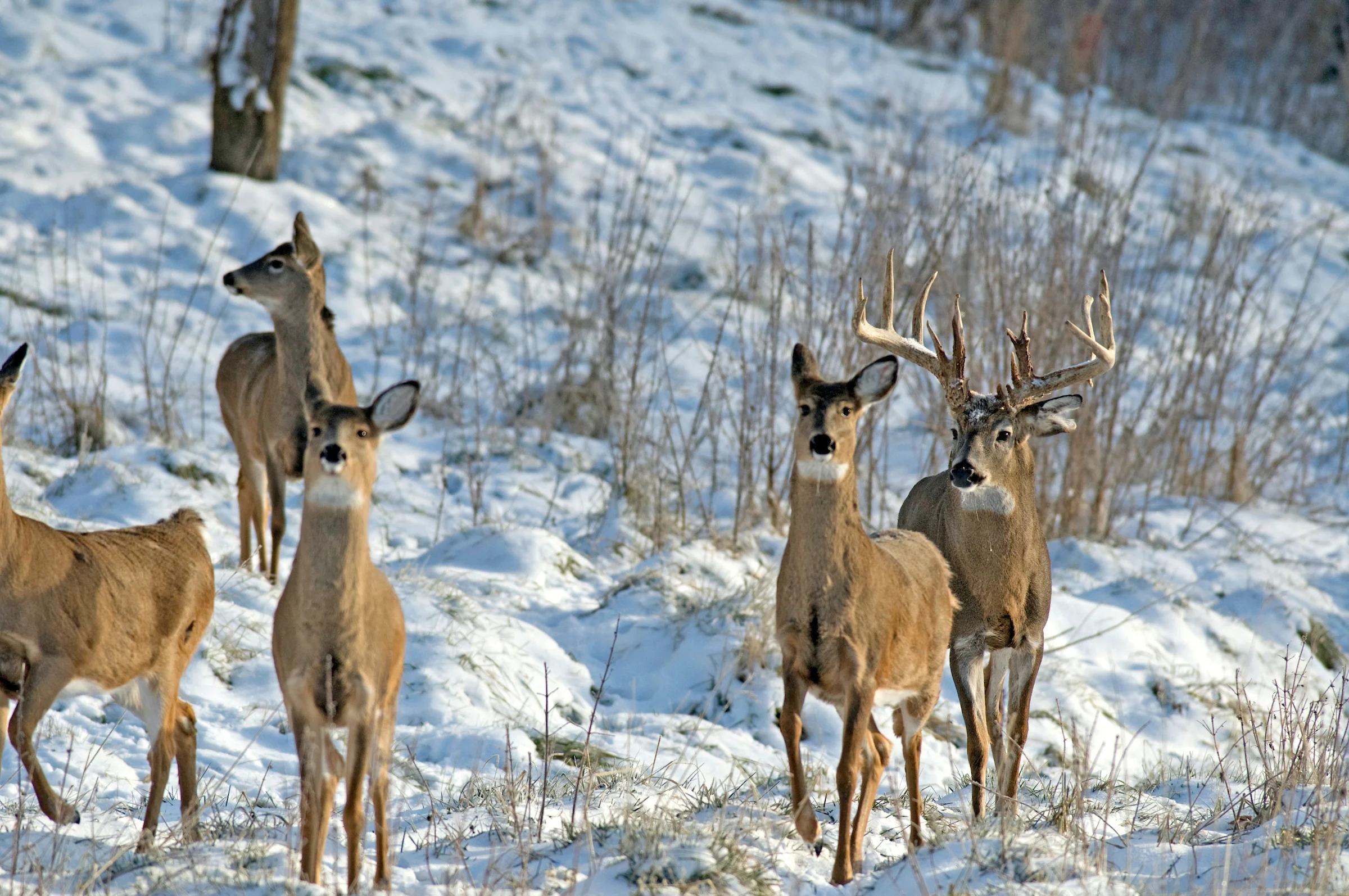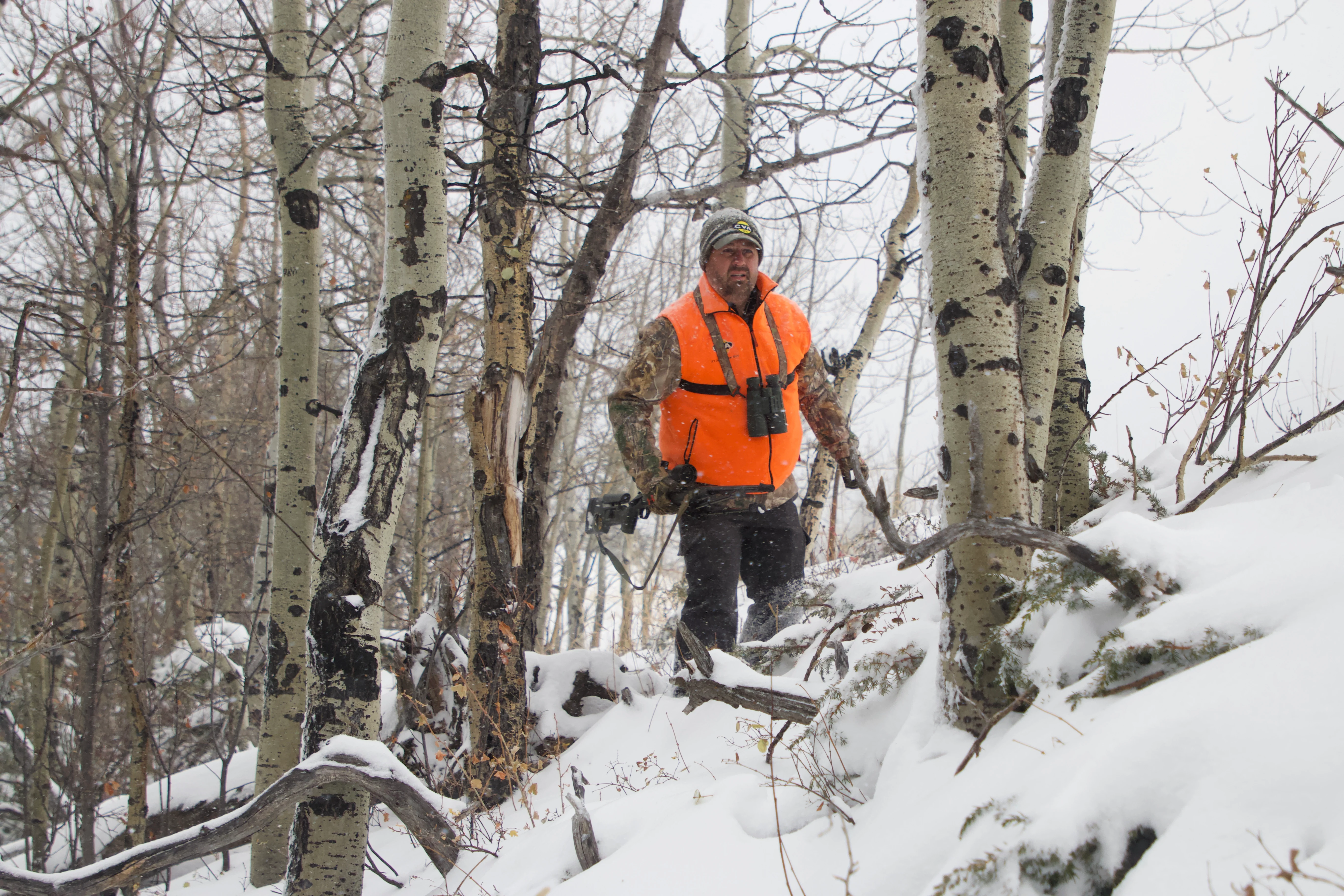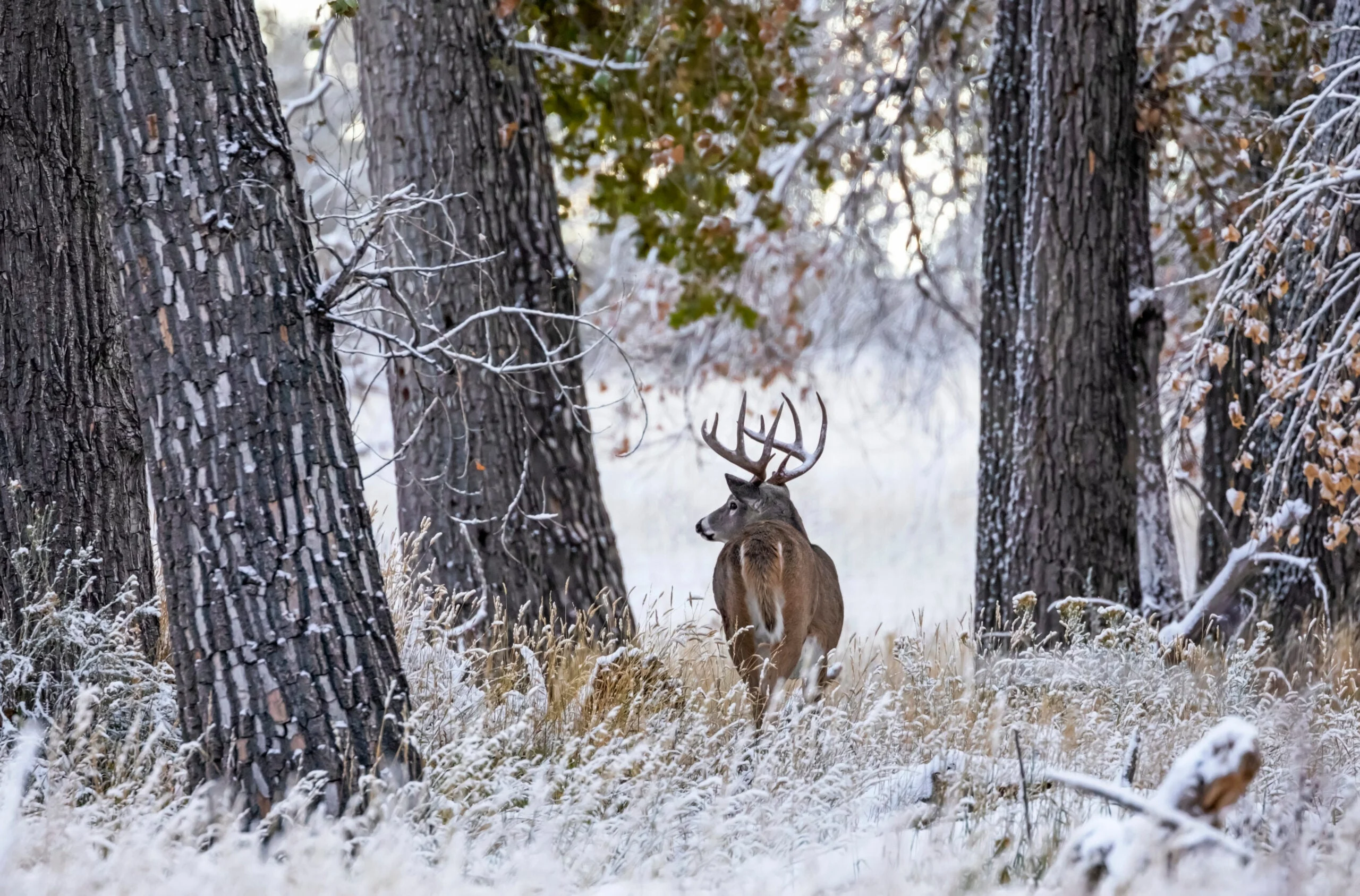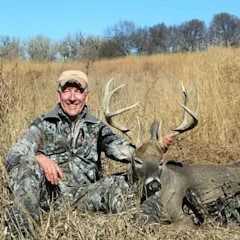We’ve come full circle from the start of the season when we focused virtually all our effort on afternoon hunts over food sources. It was a relaxing way to go about tagging a giant; sleep in during the morning, pour over trail-cam pics and scouting intel at midday, then decide on the best game plan for arranging a close encounter with a mature buck on an afternoon hunt. Well, we're back to that basic game plan now as the late season kicks in, but with a few exceptions—one minor and a couple major.
The minor change up is that we’ll sneak in a morning hunt now when the conditions warrant and we’ve done some planning. The major exceptions are that (1) food is even more important compared to the early season, as deer are hungrier and food sources are far more limited; and (2) there will still be some breeding/rutting activity now, which can throw a major curve at us if we’re not prepared. But you will be prepared, as long as you keep reading.
Rut Phase: Secondary Rut

Too many hunters dismiss the importance of a secondary rut, which has always puzzled me a bit, as this is simple science. Any doe not bred during the main event will come into estrous again about a month later and, since many deer populations are female-heavy, it only makes sense that there are going to be some unbred does at this point. Also, many doe fawns (typically those born early) will enter their first estrous cycle and provide further targets for bucks seeking mates.
Obviously, the intensity of breeding activity now will not match that of the feature performance last month, but on a local level (as in, the deer you are hunting right now), it can be a very big deal. I’ve watched mature bucks ignore feed to chase a hot doe in December, a month where most bucks either get serious about eating or face a good chance of not making it through winter. So, if you can keep two balls in the air—keeping an eye of key food sources while looking out for pop-up rutting activity—you basically double your chances of tagging a whopper.
Related: 10 Tips for Hunting Post-Rut Bucks
December 6 Morning Hunt Plan: Still-Hunt a South Slope

Pinning down prime bedding areas gets a whole lot easier this time of year in many areas because as soon as early winter sets in, whitetails orient to south-facing slopes, where ambient temps are higher and the effect of north/northwest winds are diminished. In addition, grasses, forbs, and woody browse are typically more lush on a south slope. If that hillside is also close to an additional food source (oak flat, ag field, clearcut, or food plot), you’ve got a winning setup for concentrating whitetails. Expect deer to congregate on such slopes and, of course, any buck worth his salt will be checking these areas for an estrous doe.
Even though this is morning hunt, you can sleep in a little, as you’re not trying to slip into a stand or blind at oh-dark-thirty. Instead, you can give deer a little time to get off destination food sources and drift back toward south slopes to bed and dilly-dally for the morning. Wait til the sun is at least on the treetops, and then head for the top edge of a south-facing slope to start your hunt.
Keep the wind in your face or against one cheek, and slip slowly along, scanning the cover ahead for whitetails. Go super slowly and use binoculars to pick apart cover ahead to spot deer before they see you. If you find yourself in an area with great sign, brush the snow off a stump or rock, and settle in for 30 minutes or so. While some deer will be bedded right at dawn, most of them aren’t settled in for the day and will rise to browse, check out other deer, and bed again. And, of course, if there’s an estrous doe in the mix, you can expect cruising bucks to actively seek her throughout the morning. One big advantage of still-hunting a south-facing slope now is that it allows you to handle the cold a lot longer than if you were stationary in a stand. So stick it out until you finally get cold or it’s time to get lunch. The other big advantage is that you've got a downhill drag if you score.
December 6 Evening Hunt Plan: Hunt a Food-Source Rub Line

One of the toughest things about hunting post-rut food sources is deciding exactly where to set up. Part of the problem is that skittish, late-season deer can be unpredictable. But I'm convince that another aspect is a failure on our part to adapt as the rut becomes the post-rut. Most hunters downplay or dismiss buck sign when the rut is in full swing, assuming, rightly, that bucks are less apt to visit rubs and scrapes when they are preoccupied with finding and tending estrous does. That's fine, but when this approach carries into the post-rut, it's a mistake.
The same buck sign that we scoured the woods for in October and early November will tell you where to set up now, if you take a minute to look for it. While hungry post-rut bucks are a little less enthusiastic about rubbing and scraping than they were a month ago, they definitely lay down sign as they visit food sources and interact with other deer. I vividly recall finding a huge scrape 50 yards off a December cornfield several years back. I ignored the scrape and set up directly on the food and, of course, watched in disbelief as a giant Wisconsin buck worked the scrape and walked off, seemingly unconcerned about food.
Hot scrapes on prime food sources are major tip-offs now, but you are more likely to find fresh rubs, which you should read as neon signs saying, "Set Up Nearby." This time of year, I always take the time to walk several entry trails back a bit to search for fresh rubs. Obviously, I don’t walk trails too far back, as post-rut deer frequently bed pretty close to food—but I rarely need to. Any fresh rub facing away from the groceries likely marks a buck's favorite entry—whether he is looking for food or a mate or both. And a line of such rubs is, of course, even better. Either way, you'll want to set up a stand nearby by and be ready to see that buzzer-beater buck.
Related: How to Hunt Buck Rubs During the Rut
Gear Tip: Winterize Your Setup
We all know we need to dress in warmer clothes this time of year, but what many of us forget is the need to pay attention to our gear so that it functions well in colder temps. One thing I’ve learned over decades of hunting winter deer is how much better they seem to hear this time of year. Whether this empirically true—as in, sounds carry farther and/or clearer in colder air—or pressured late-season whitetails are just spookier, trust me when I say that it’s worth your time to go over you stands, weapons, and other gear and winterize them for top performance in the cold.
One of my favorite, and simplest, tools for silencing stuff is a roll of hockey tape. This inexpensive but tough tape is perfect for wrapping around the metal components of stands, blinds, and other gear. Moleskin is another handy silencer for bow rests and other potential noise makers. Finally, it’s important to keep shooting your bow while wearing your winter clothing to insure the extra bulk doesn’t cause you to mess with your anchor point. And if you’re hunting in some truly cold weather, consider dropping your draw weight down a bit; pulling 65 or 70 pounds may seem easy in early fall, but sit for a couple hours in the cold and it can be impossible to come to full draw. Dropping your draw weight by 5 or 10 pounds can make a huge difference. Just make sure to re-zero and shoot some practice groups so you're ready when that winter bucks shows up.


